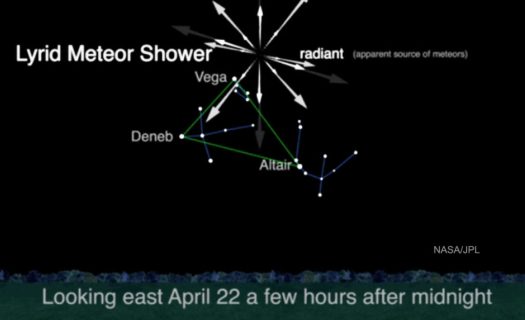
In 1960 radio astronomer Frank Drake began research to find alien civilizations in deep space by aiming an 85-foot radio telescope at some sun-like stars. He found nothing, but it was the beginning of a program known as SETI – Search for Extraterrestrial Intelligence.
The SETI program has continued through the years with many radio telescopes aimed at every area of space. In 1971 NASA funded a study that involved Frank Drake. They issued a report proposing Project Cyclops. That project would require the construction of 1,500 radio telescopes at the cost of ten-billion dollars. That project was never completed for obvious reasons. However, the concept of the report was used to continue the Search for Extraterrestrial Intelligence to this day with funding from various sources. Thousands of hours and millions of dollars have been spent with a net result of zero. No radio signals containing any intelligence have been detected–only noise.
Now there is “active SETI” in which scientists are sending radio signals toward distant stars. Frank Drake admitted that in 1974 he transmitted an encoded message toward a star cluster 25,000 light-years away in the constellation Hercules. Naturally, that message will arrive at its target in 25,000 years. If any intelligent being gets the message and responds immediately, it will take 25,000 years for the return message. Drake will not be here to receive that message in 50,000 years, and neither will anyone reading this.
As the search for extraterrestrial intelligence continues, is it possible that there really is an intelligent Being out there who is listening and waiting to hear from us? Is it possible that this Being is not limited by time and space? Is it possible that this Being is our Creator who has already communicated with us by becoming one of us? Is it possible that we are not listening?
–Roland Earnst © 2018









